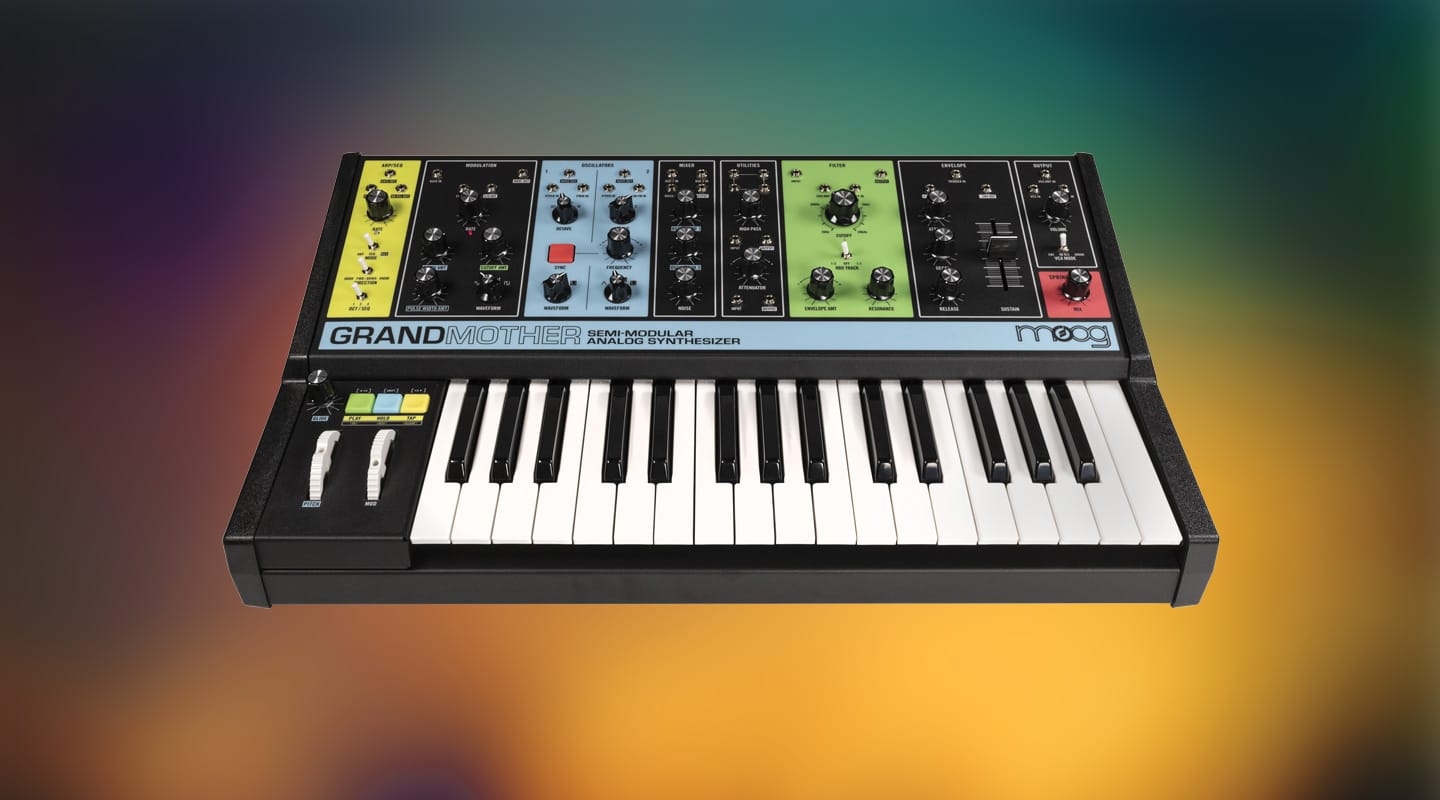
Review: Moog Grandmother
Moog adds another ‘Mother’ to its affordable analogue synth range, and it’s pretty grand.
Prior to the Moog One, Moog’s releases had centred around those poor pups without much expendable cash, ie. musicians, not dentists. There were a few vibey sub-$1k products such as the DFAM (Drummer From Another Mother) and Mother-32 that were still fully analogue, and all Moog. Coming in at around $1300, the new ‘Mother’ — the Grandmother — joins this lineup of affordable synths, with clear influences from far more expensive Moog monophonic and modular varieties.
The Grandmother synth falls under the semi-modular category; which basically means it doesn’t need friends, or patch cords, to generate cool sounds of its own. The modular side of the ‘semi’-equation means you do get enough patch points to make your own circuit, or plumb it into a larger modular system.
Grandmother looks somewhere between toy-like and retro. Its brightly-coloured panels are laid out to mimic a modular workflow, and the classic Moog knob shapes, switches and serrated pitch and mod wheels are all retro. I really dig the aesthetic Moog has gone for — it screams, ‘fun!’
GRANDMOTHER PUNCH
After ripping Grandmother out of her box, I plugged it into the office pair of PMC bookshelf speakers. It had plenty of analogue depth and meatiness, even through a sub-less system. Two onboard oscillators each have four waveform options; triangle, sawtooth, square and narrow pulse. They just sound good… all through the range of four switchable octaves — smooth with lush lows. Oscillator 2 can be free running with the Frequency knob, or sync’d to the first oscillator upon which each wave cycle is forced to begin at the zero-crossing of Oscillator 1. The adjacent mixer section lets you balance the two oscillators and add white noise with a third control.
The 32-key velocity-sensitive keybed begins with F and ends on B. To jump octaves press the Play (-) or Tap (+) buttons while holding the centre Hold button (Shift).
FILTER OUT THE NEGATIVE
The Filter section is simple, with a large central Cutoff knob; Envelope Amount and Resonance knobs underneath; and a three-way Keyboard Track switch. Being Moog’s classic four-pole ladder filter, it sounds beautiful and has a smooth resonance peak. With the Envelope Amount knob, the Cutoff frequency is modulated with the shape you created in the Envelope section. Twist the Envelope Amount knob to negative values to reverse the direction of the cutoff modulation (i.e. from low to high).
Four patch points are available within the filter section. The Envelope Amount In and Cutoff In let you modulate these parameters with an LFO or oscillator, for example. There’s also an Input to introduce external signals to the filter (or internal, from another section of the Grandmother). An Output lets you send the outbound signal elsewhere, such as the Input of the high pass filter.
NEED TO KNOW
Moog Grandmother
Analogue Synthesizer

SPRING IN HER STEP
I love that Grandmother has a completely analogue six-inch spring reverb tank built in. It’s a single-knob affair placed in the right hand corner of the dash and it affects all oscillators equally. The reverb has an appropriately wobbly sound that adds a watery vibe to most synth tones. Dial in anything from a drip to a drenching.
Sounds can be manipulated to great effect just by twiddling the reverb and cutoff knobs over a looping arpeggio or sequence. I spent a fair amount of my time with the Grandmother using the reverb to push tones forward and back. It’s very well-suited to live applications.
ARP & SEQUENCER
The arpeggiator and sequencer section adds an extra bucket of fun to the Grandmother, and it’s worth noting that more expensive Moog models (such as the Minimoog) don’t include such luxuries. Three arpeggiator modes are accessed with a switch: Order, Fwd/Bkwd and Random. You can hold a chord by pressing the Play button to the left of the keybed, then the blue Hold button — freeing up both hands for entertaining LFO and filter manipulation. The three-position switch at the bottom of this section either sets the number of octaves when in Arpeggiator mode, or selects a recorded sequence to play back. Sequences can have up to 256 notes and the Grandmother lets you store three of them internally.
Punching in a sequence is as easy as switching over to REC mode, then selecting position 1, 2 or 3 on the OCT/SEQ switch to dictate where the sequence will be stored. The keyboard is now armed, so whatever you play will be stored as steps. The left hand control buttons double as Tie, Rest and Accent options to spice up a sequence. Once you’ve locked your sequence in, flick back over to SEQ mode, press Play and hit a note. You can edit a sequence in real time by switching to REC mode while a sequence is playing.
GO MODULAR
Moog designed the Grandmother to be playable straight out of the box. Notwithstanding, it bears the ‘semi-modular’ title because it contains 41 patch points (21 inputs, 20 outputs) which, when patched, override the Grandmother’s internal signal flow allowing you to treat the individual sections of the synth as independent modules. While it’s capable of a massive spectrum of sounds as is, the patch cables (included) really expand Grandmother’s sonic horizons.
You can make use of the keyboard’s velocity sensitivity with the KB VEL OUT patch; for example, connecting it to CUTOFF IN on the Filter section.
Moog generously included a Utilities section where you’ll find an assortment of non-wired, patchable resources at your disposal built right into the Grandmother. At the top is a four-point Mult for sharing and distributing control signals. Next is a high pass filter (-6dB/octave slop), then a bipolar Attenuator, both of which have In and Out patch points. Putting together all the options, you soon realise this unassuming little synth is far deeper than it lets on.
PROCESS VS PRACTICALITY
As far as making sounds goes, the Moog Grandmother is more than a means to an end. It’s about the joy of the journey — exploring sound creation— because, let’s face it, practicality is not its forte. You can’t save a preset and recall it for a performance. You can’t quickly go from a searing lead to an ambient arpeggio without reconfiguring the whole panel. While Grandmother has its place on stage, that’s not its M.O.
Grandmother is Moog’s most accessible leg up into the world of modular analogue synthesis; but it offers things that much more expensive Moog instruments, like the Minimoog, don’t. Things like a built-in spring reverb tank, arpeggiator and sequencer. Whether you’re new to the modular environment or a synth nerd with lots of gear already, the Moog Grandmother promises a wealth of possibilities in the creation of new sounds.










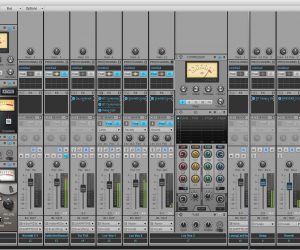
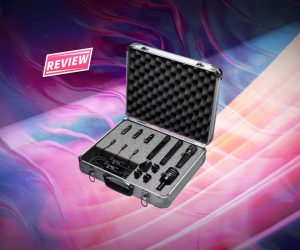
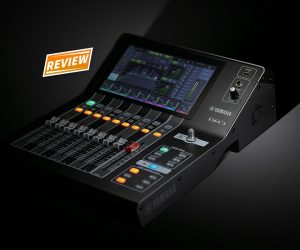






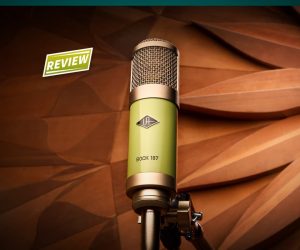

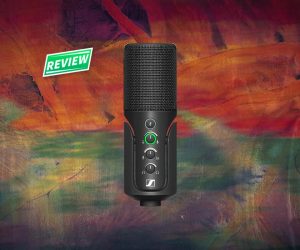


RESPONSES